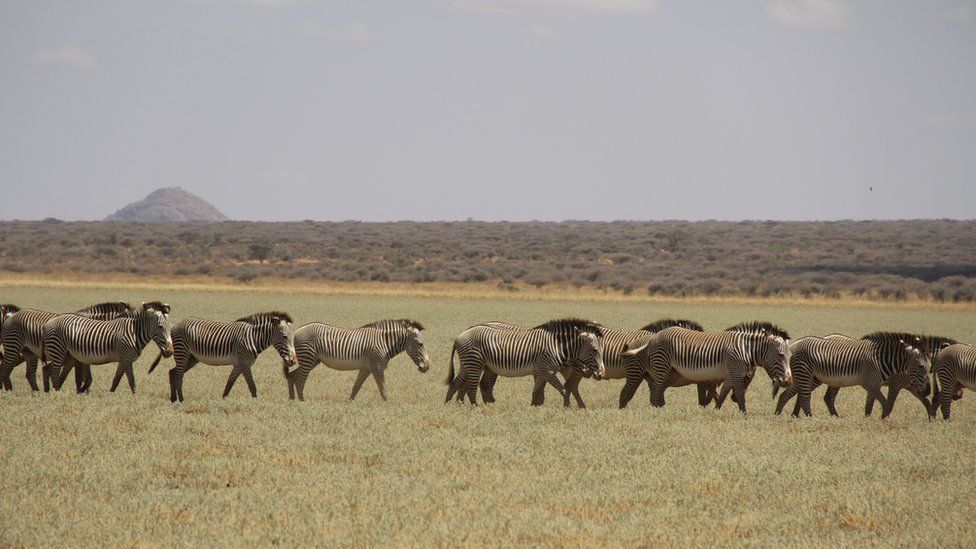
Marwell Wildlife, based in Winchester, Hampshire, has embarked on a groundbreaking initiative to safeguard the endangered Grevy’s zebra population by employing GPS collars.
In collaboration with the Kenya Wildlife Service and the Grevy’s Zebra Trust, experts from Marwell Wildlife will track 20 Grevy’s zebras in Northern Kenya using GPS technology. Over the course of a year, these collars will provide crucial data to aid in conservation planning and decision-making.
The Grevy’s zebra, one of the rarest equids globally, is primarily located in northern Kenya and in isolated groups within Ethiopia. Unfortunately, their habitat intersects with the proposed route of the LAPSSET (Lamu Port-South Sudan-Ethiopia Transport) corridor.
This ambitious infrastructure development, comprising an oil pipeline, motorway, and railway, poses a significant threat to the core range of the Grevy’s zebra in northern Kenya.
Recognizing the imminent dangers posed by such infrastructural endeavors, Marwell Wildlife emphasizes that these projects are among the foremost emerging threats to the Grevy’s zebra population in Kenya.
Prof Philip Riordan, Marwell Wildlife’s director of conservation, stressed the critical status of the Grevy’s zebra, with fewer than 3,000 individuals remaining globally. He highlighted the importance of comprehensive knowledge to navigate the challenges posed by regional infrastructure development.
Riordan expressed hope that by tracking and collaring these zebras, the initiative would yield vital insights for conservation efforts and enable the formulation of mitigation strategies to secure the future of this endangered species.
